In the last century, with the acceleration of the industrialization process, the division of labor has become more and more specialized, and the same labor work day after day has made people feel boring. They began to seek a self-contained machine to replace themselves, so the robot was born.
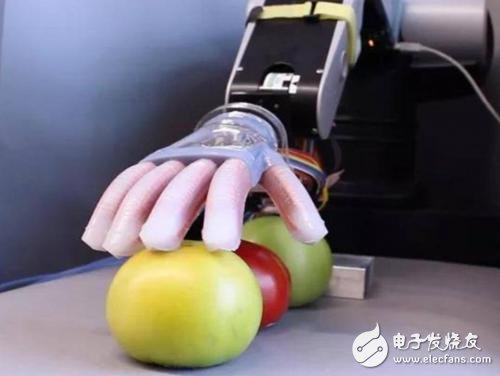
By definition, “a robot is a machine that automates its work. It can accept human command, run pre-programmed programs, or use artificial intelligence principles to act.†Since the birth of the first robot in 1959, people have begun Obsessed with the design and fantasy of robots, some inspiration from the perspective of bionics, and some from the perspective of mechanical engineering.
However, the development of robots is to assist or replace humans in dangerous work. At present, most of the robots are still hard-boiled "hard guys". People are also expanding their imagination and creativity to develop robots that are as soft as "Big White." Such robots made of soft materials, called software robots, have attracted much attention in research.
Previously, Zhizhi had a series of reports on the field of vertical robots such as external bone robots, biped robots, and underwater robots. This is the fourth article in this series.
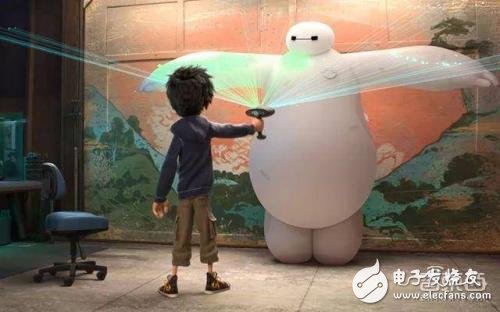
Software robots are a kind of flexible robots. Most of their models come from natural soft creatures such as machine snakes and marine aquatic animals. The most prominent feature is that the choice of machine body material is mainly flexible material, rather than the traditional rigid connector and outer casing. The advantage of this material is that it can be produced by the simplest method - 3D printing. Very time and cost savings.
In terms of driving mode, a conventional mechanical robot requires a power unit such as a motor to drive. In the development of new driving methods, the current research institutions mainly have two directions: the first method is to imitate the movement principle of human or animal muscles, and the second is to use environmental changes to obtain power, such as temperature, air and light. Waiting for the way.
At the conceptual level, the software robot targets the rigid robot, and it is more flexible in the scene by virtue of its softness on the body. It can better adapt to various environments, and it will not cause great harm after being attacked by the outside world. It can complete complex tasks such as medical, military and detection in a space-constrained and unstructured environment.
It can be said that the research of software robots will help the robot to expand to more scenes.
Robot "soft" degree competitionAt present, most of the software robots are in the laboratory stage, and they have yet to be developed in practical applications. Among them, the research results of software robots in the United States and Europe are remarkable, and many unforgettable software robot products have appeared.
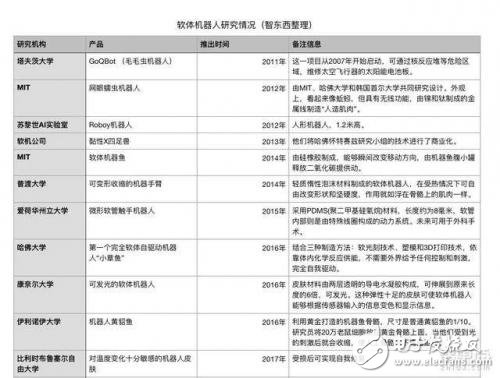
Since 2011, researchers have been enjoying the research of software robots. The finished research products are also clap, and bionic robots such as caterpillar robots, worm robots, octopus robots, and even miniature hose robots. Say that only software robots you can't think of, there are no robots that they can't study.
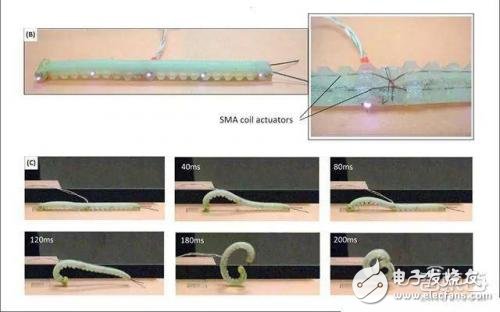
Tufts University in the United States has been researching software robots earlier. They started a project in 2007 to design a "caterpillar" robot with electronic original price and line. The original intention of caterpillar robots was to replace humans in dangerous areas such as nuclear reactors, minefields or solar panels that replace human spacecraft. In 2011, the robot was finally released, and the researchers named it GoQBot, because it can curl the body into a Q shape during exercise, rolling speed of 0.5 meters per second.
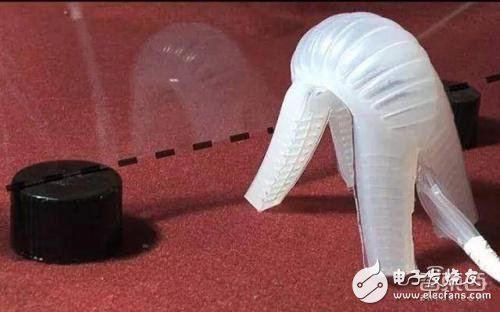
2011 Harvard University, a deformable software robot that can achieve
Harvard University's research was conducted under the US Department of Defense's research grant program, and progress was made this Monday in the Proceedings of the National Academy of Sciences. The software robot is about 12.7 cm long and the manufacturing process took two months. The limbs can be independently controlled, and compressed air is input into the limbs for manual driving by manual or computer automatic control. This gives the new robot the incomparable flexibility to freely crawl or slide on the ground. It seems to be very powerful. In fact, the principle is very simple: the gas supplied in the pipe is replaced by a mixture of methane and oxygen, and then ignited by a micro-electric ignition device. The deflagration gas is an explosion of the soft tentacles in an instant. Complete the bounce process. Since the material used to make the software robot is soft and flexible enough, the explosion does not destroy its tentacles.
In 2014, this robot was upgraded to become the world's first cordless software robot that can walk in snow, water, and flames. Researchers hope that it will one day be used as a search and rescue tool after the disaster. For example, all the equipment such as the micro compressor, control system, and battery required for the robot to operate can be carried on the back of the robot.
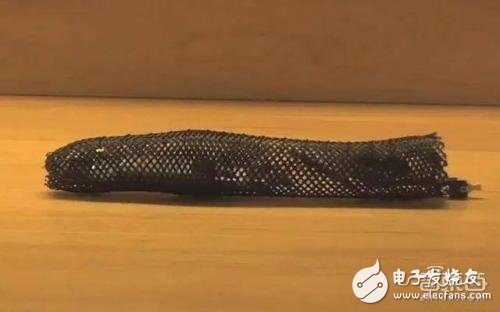
The MIT mesh worm robot, which looks like a cymbal, has a wireless function, and the metal wire made of nickel and titanium creates "artificial muscle." The robot was designed and researched by MIT, Harvard University and Seoul National University. By shrinking the body section, crawling on various surfaces looks more like a skeleton. This kind of robot made of almost all soft materials has a strong elasticity. Even if it is stepped on or hit with a hammer, it will not be injured and will continue to move slowly forward.
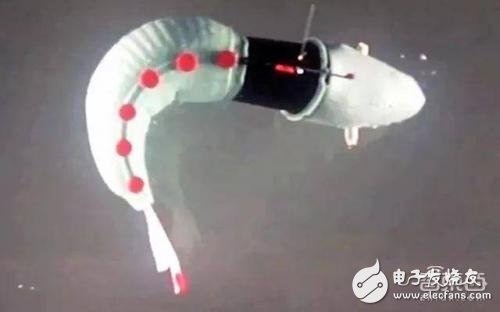
In 2014, the United States invented a soft-body robot that not only waterproofs, but also simulates fast-moving fish. Made of silicone rubber, it instantly changes the direction of movement. This is the first independent robotic robot that can move the body quickly. The robotic fish is powered by the release of carbon dioxide from the abdomen tank, which bends the fishtail through the undulating passage, and the robotic fish can achieve 30 swims before the carbon dioxide tank is exhausted.
The market is not just needed, and the commercialization is in trouble.At present, most software robots are still in the laboratory stage, and there are certain difficulties in technology landing. At present, the commercialization of robots is mainly in the industrial field, and this field generally uses rigid robots with greater strength. On the one hand, the rigid robots have accumulated a long time in the industrial field, and the technology is mature, enabling rapid deployment.
At the same time, there are more manufacturers of rigid robots, and the after-sales service system is relatively complete. On the other hand, software robots themselves are innovative in terms of materials and driving methods. Some robots use new materials. To achieve large-scale applications, first of all, the materials must be mass-produced, and these require robots. The manufacturer builds it by himself. Moreover, most of the software robots are now in the commercial field, enterprises or markets want to introduce this technology, and will face some problems such as patent authorization, which is not as simple as the original program.
So, where is the market for software robots? In terms of advantages, software robots are more flexible, and can pass small gaps. Therefore, software robots will play an important role in national defense, replacing humans in some dangerous areas such as nuclear reactors. Another market with greater potential for software robots is the medical industry. With its small size and flexibility, software robots can help humans perform precise vascular and nerve tissue operations and reduce the damage of the original rigid robots.
In the process of marketization of software robots, the most prominent problem is that it is not just needed, and in today's experience of people pursuing more and more refined and refined, software robots play an important role in optimizing the industry structure.
Conclusion: Industry, medical care is the future directionIn general, software robots are a very promising field of research, and their research based on intelligence has only begun after 2000. Currently, this research is in full swing in academia, and these scientists are trying to create a new type of robot that is different from traditional robots.
However, from academic to commercial, software robots have their place. On the one hand, robots with rigid materials are sharper and harder. Once humans misuse or accidentally hit the machine, they will cause physical harm to human beings. The software robot will relatively buffer the time for human beings, so as not to cause great harm to human beings. This way of optimizing traditional robots is a icing on the cake with software robots. With a small, imperceptible scene, software robots will have a broad space for development.
Draw-wire sensors of the wire sensor series measure with high linearity across the entire measuring range and are used for distance and position measurements of 100mm up to 20,000mm. Draw-wire sensors from LANDER are ideal for integration and subsequent assembly in serial OEM applications, e.g., in medical devices, lifts, conveyors and automotive engineering.
Linear Encoder,Digital Linear Encoder,Draw Wire Sensor,1500Mm Linear Encoder
Jilin Lander Intelligent Technology Co., Ltd , https://www.jilinlandermotor.com
